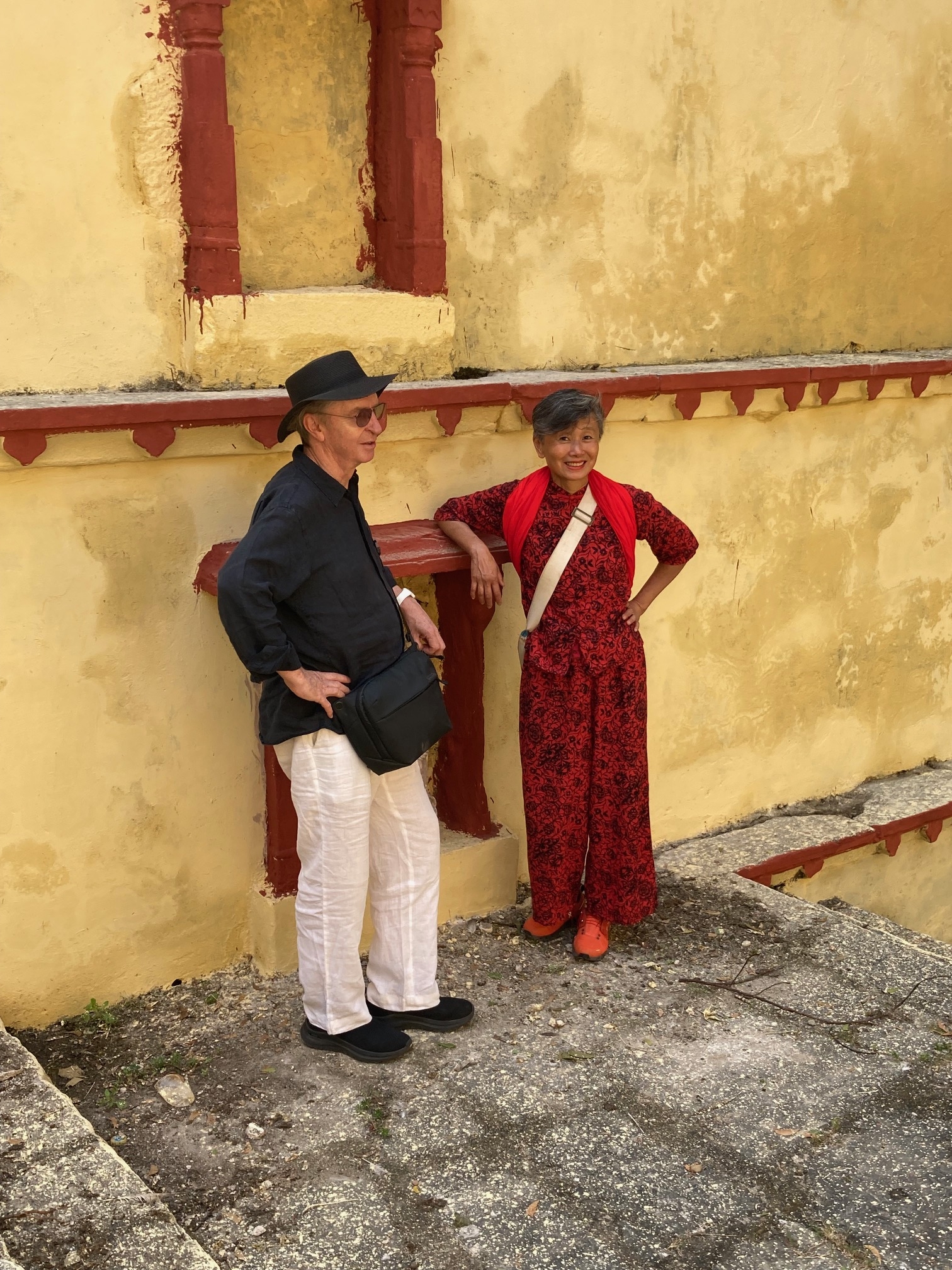Four visits hardly make me an expert, but each time I’ve been to Belfast I’ve discovered things that have fundamentally shifted my perceptions of the world and of architecture.
The first visit was in 1991 when I was a second-year architecture student at the Polytechnic of Central London. A group of us borrowed the student union minibus to join the Hunger Strikes commemoration march. The 12-hour journey was itself a test and I was the only driver: up the M6 to Holyhead, a ferry crossing to Dun Laoghaire, then north to Belfast on the pre-European investment pot-holed M1.
The tenth anniversary of the 1981 Hunger Strikes had drawn a big crowd, including many international delegations. Soldiers armed with machine guns patrolled the march as it wound its way through the residential streets of West Belfast. The city around us appeared to be a war zone: fortified police stations towered above rows of terraced houses; kerbstones were painted in the national colours; and so-called peace lines divided loyalist and nationalist communities. The city centre was a no-go area for many residents, closed off after dark by a ‘ring of steel’. Experiencing all this, it was as if a curtain had been lifted from my eyes, and politics rather than architecture became my main interest for the next few years.
A decade later I went back as an architectural journalist to write an article about urban regeneration. The peace process – the path to ‘normalisation’ – was well underway. Belfast was beginning to get its share of glossy new office buildings and designer restaurants (I seem to remember writing about a Paul Rankin bar designed by architect Twenty Two Over Seven). The city even had a Millennium project – the huge and ugly Odyssey Arena, where ice hockey (free from sectarian divisions) was being promoted as the big new thing. Beyond the city centre, however, the peace lines and watchtowers remained (indeed, The Observer recently reported that there are 99 ‘peace walls’ still in place).
Returning last year to take part in a conference on Northern Ireland’s creative industries, my perceptions of Belfast shifted again. Spending time in the relatively affluent Stranmillis Road, I discovered Francis Pym’s brilliant extension to the Ulster Museum: almost shocking in its boldness, it consists of rectilinear, concrete blocks that jut out from the facade. It predates Zaha Hadid’s recent work in concrete by 50 years but is just as powerful.
On my most recent visit (to launch the brief for this year’s British Pavilion at the Venice Architecture Biennale), I discovered more of Belfast’s historic buildings and a couple of excellent new ones: O’Donnell & Tuomey’s inspiring Lyric Theatre, and – nearing completion – the MAC by Hackett Hall McKnight. A chance meeting with Canadian artist Sylvia Grace Borda, whose exhibition ‘Churches’ is currently at Belfast Exposed gallery, led to an impromptu visit to Saint Malachy’s Catholic church on Alfred Street. An ‘unconventional tourist’, Borda has spent the past two years seeking out and photographing Modernist churches around Northern Ireland and she observes that despite the religious differences that have divided the province, its faith buildings look remarkably similar. The photographs are printed on ceramic plates, referencing souvenirs and the history of the Grand Tour.
Dinner at the Galley, an artist-run restaurant in a Dutch barge moored on the Lagan, and a walk through the very cool Cathedral Quarter, where the Black Box venue runs a festival called Out to Lunch, began to convince me that Belfast really has changed and even ‘normalised’. In 2004 the Cathedral Quarter had been threatened by a huge retail scheme which was eventually dropped thanks to a campaign, Let’s Get it Right, by 50 local organisations led by architects.
In 2009 the protagonists, Declan Hill and Mark Hackett went on to set up Forum for Alternative Belfast, an active research group which is campaigning for a new approach to urban development. FAB’s best known project is the Missing City, which was produced as part of a summer school where students (many of them practising architects) mapped vacant space in the city centre. The map reveals the vast scale of empty land and challenges the idea that Belfast is just like any other post-industrial British city. I left having had my eyes opened once again.
Vicky Richardson is Head of Architecture and Heinz Curator at the Royal Academy of Arts
First published in AT225, February 2012.














